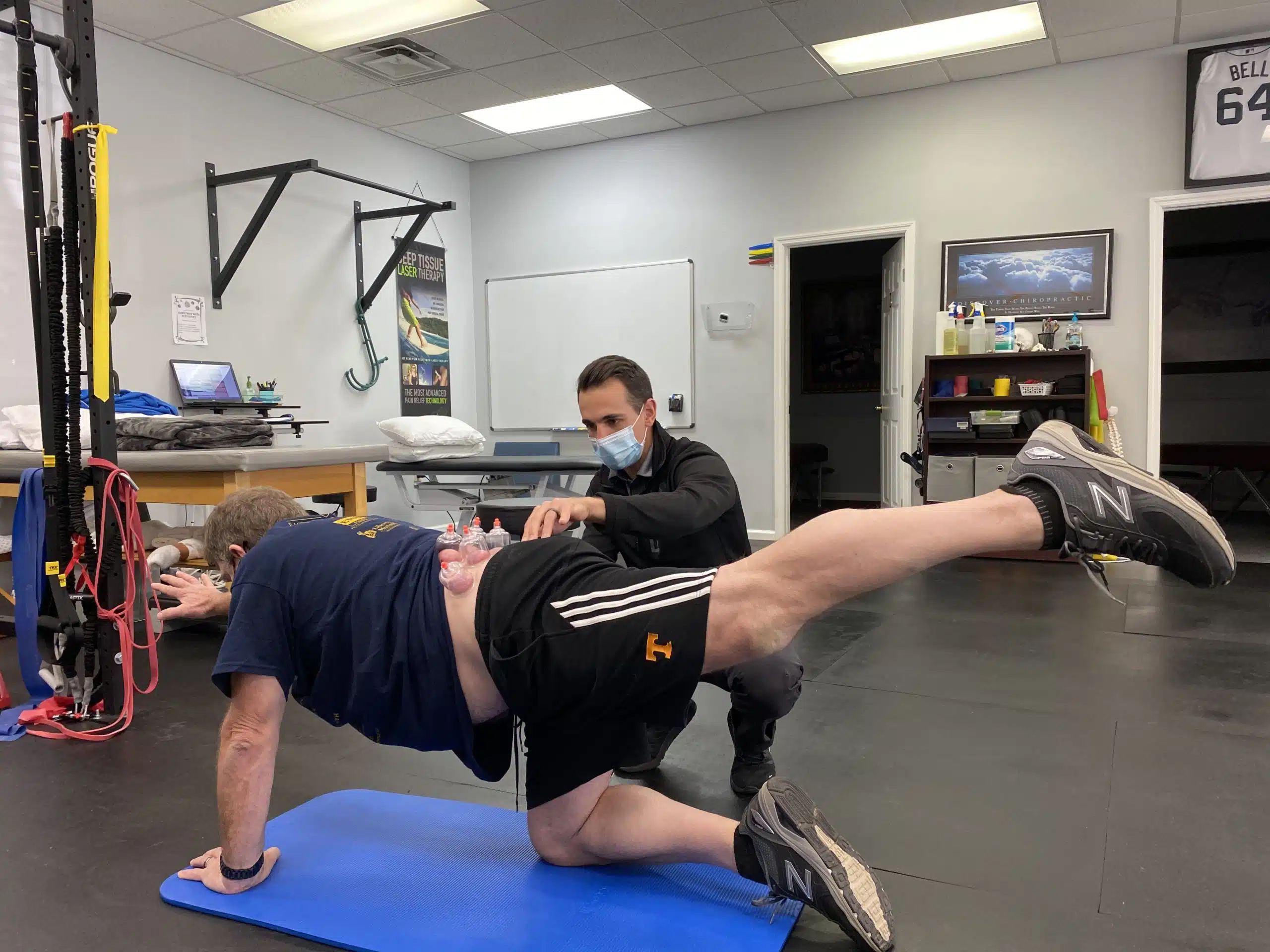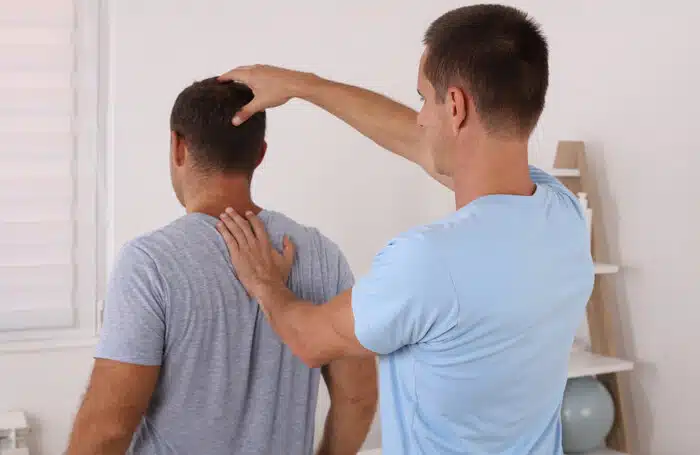
Physical therapy can play a significant role in managing scoliosis, a condition characterized by an abnormal curvature of the spine.
Although scoliosis is often associated with adolescents, it can affect individuals of all ages, including adults. The severity of scoliosis varies, with some individuals experiencing mild curves that cause little discomfort while others may experience more pronounced spinal deformities that lead to pain, restricted movement, and even breathing difficulties.
While physical therapy for scoliosis is not a total cure, targeted exercises and treatments can help alleviate symptoms, prevent the curve from worsening, and improve overall function and quality of life.
One of the main goals of physical therapy is to improve posture and spinal alignment.

The therapist will assess the patient’s posture, strength, flexibility, and range of motion. Through this assessment, they can tailor an individualized program that focuses on correcting postural imbalances and strengthening the muscles surrounding the spine.
For individuals with scoliosis, certain muscle groups, such as the back and core muscles, may be weak or imbalanced due to the curvature. Strengthening these muscles is essential for supporting the spine and preventing further deformities.
In addition to targeted exercises, physical therapists often incorporate manual therapy for scoliosis. Hands-on techniques such as spinal mobilizations and soft tissue release aim to reduce muscle tightness and improve joint mobility.
Spinal mobilizations, for example, are gentle techniques used to increase movement in the spine and surrounding joints, which can reduce discomfort and improve overall spinal function. Soft tissue techniques, such as massage or myofascial release, help address muscle tension that may result from compensatory movements due to scoliosis.

Breathing exercises are also an essential part of physical therapy for scoliosis.
Individuals with scoliosis may have compromised lung function due to the spinal curvature, particularly when the curve is severe. By learning controlled breathing techniques, patients can increase lung capacity and improve the efficiency of their breathing, especially in cases where scoliosis affects the rib cage or the lungs.
In some cases, scoliosis can be postural, which means the spine is curved not due to the structure but due to tight muscles or other surrounding structures. For example, one leg can be shorter than the other, which can cause some imbalances in the spine.
Having orthotics off the shelf or custom can help with spine alignment. Adding a heel lift can even out how you walk and stand, which straightens your spine.
In more severe cases of scoliosis, physical therapy can complement other forms of treatment, such as bracing or surgery.

While physical therapy may not eliminate the need for a brace or surgery in certain situations, scoliosis treatment exercises can still provide significant benefits by helping to manage pain, improve functional mobility, and enhance postural control.
For individuals undergoing scoliosis surgery, physical therapy is crucial in the postoperative phase to restore strength, flexibility, and function, as well as to facilitate a successful recovery.
Ultimately, physical therapy helps individuals with scoliosis live better with their condition by offering a noninvasive, personalized approach to pain management, functional improvement, and prevention of further progression. With the right combination of exercises, manual therapy, and breathing techniques, many individuals with scoliosis can lead active, healthy lives while managing the effects of their spinal curves.
Do you have scoliosis? Find relief through physical therapy for scoliosis. Reach out to us at Knoxville Spine & Sports to start your journey toward recovery and reclaim your quality of life. Call 865-337-5574 to schedule an appointment.
430 Montbrook Lane Suite 203
Knoxville, TN
37919
Phone: 865-337-5574
Monday
7am-12pm & 1pm-6pm
Tuesday
7am-12pm & 1pm-4pm
Wednesday
7am-1pm
Thursday
7am-12pm & 1pm-6pm
Friday
7am-12pm & 1pm-4pm
Saturday & Sunday
Closed